Encountering Wildlife on Film: Techniques for Photographing Wildlife on Film
Learn how to navigate the challenges of film wildlife photography, with tips on film choice, shooting techniques, and image preservation.
Choosing Equipment Wildlife photography requires equipment capable of capturing details from a distance. For film, prefer devices with a good ISO rise like the Minolta X-700 and powerful telephoto lenses, like a 300 mm or 400 mm, to photograph without disturbance. Stability is crucial, so using a sturdy tripod or monopod can help keep images sharp, especially in low light conditions or for long periods of observation.
Choosing Film For nature's varied light conditions, opt for high-ISO films like Kodak Portra 800 for clear images even in low light, or Fujifilm Provia 400X for vibrant color reproduction. Fine-grain films like Kodak Ektar 100 can also be used for sunny days, providing superior resolution and saturated colors that highlight bird plumage and wildlife textures.
Shooting Techniques Discreet Approach The key to wildlife photography is the ability not to disturb the animals. Practice a slow and silent approach, using hides or hides to conceal yourself. Clothing can also play an important role; opt for camouflage clothing that blends in with the surroundings to minimize your visibility.
Motion Capture Use fast shutter speeds to freeze motion, especially for fast-moving subjects. Consider speeds above 1/1000 second to capture actions such as a bird flying or a mammal running. Using high ISO film is essential here to enable high shutter speeds without compromising image quality.
Preserving and sharing images After your shots, develop your films in a trusted laboratory. For sharing and preservation, scan your negatives at high resolution and create a digital archive. Also consider printing your best shots for exhibitions or portfolios. Prints can be made on different types of paper, each adding an extra dimension to the final look of your images. Matte papers, for example, can offer a subtle, artistic quality, while glossy papers can bring out details and colors.
Film wildlife photography can be extremely rewarding, delivering images that capture the beauty and spontaneity of nature. With the right equipment, proper techniques and a respect for the natural environment, you can create lasting and meaningful wildlife memories. To explore our range of suitable cameras and films, visit BromureFilm . Film wildlife photography is not only a passion, but also a practice that enriches your understanding of the natural environment and reinforces the need for its conservation.











